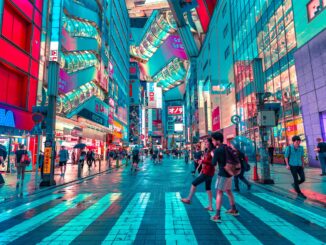
Published in El Pais, 26 September 2020.
Many people have realized before and since the quarantine that life without a healthy environment is not sustainable. But what environment? The environment includes the nature and our society that surrounds us; that is, its structure in cultural, food and existence issues. Our countries continue to see cement as a form of development. Not having a garden was a source of income (for shops, rooms to rent, etc.), buying our food was synonymous with being busy making money and not having trees on the sidewalks was fine because the sidewalks were kept clean.
In quarantine, many have noticed that a house without a yard was hell. That the plants in a small garden could take the stress of confinement and give confidence that, in necessity, some vegetables and fruits could be grown. For people who do not have a patio, it has been noticeable how important it is to have a green area in the neighborhood (park or square) where you can go to sit or walk in solitude with the green around.
Several studies have shown that the presence of trees in a city improves mood, mental health, cognitive intelligence, and are a therapy for children with scattered care, for youth depression and for adult hypertension. COVID-19 and distancing measures will have to continue until a vaccine is available. It is then a good opportunity to push governments and municipalities to remove cement and replace it with trees (not flowers or shrubs because in sunny cities they do not protect against soil erosion as trees do). Trees also motivate physical activity and recognition of the value of nature in our diet.
We don’t know if we’ll have another virus that will ever lead us to quarantine. However, now is the time to prepare our environment to maintain a healthy physical and mental life.



Be the first to comment